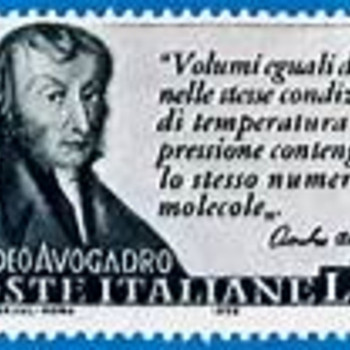How do we represent the formation of #FeS# by the redox reaction of iron and sulfur?
1 Answer
Explanation:
And thus, when zerovalent, i.e. elemental, iron is oxidized, we represent the oxidation on these terms:
On the other hand,
We conceive that iron and sulfur undergo formal electron transfer, so we add reactions
And thus in the reverse reaction,
We would cross multiply the redox equations if there were different numbers of electrons involved in the individual redox reactions.
If iron were oxidized to

